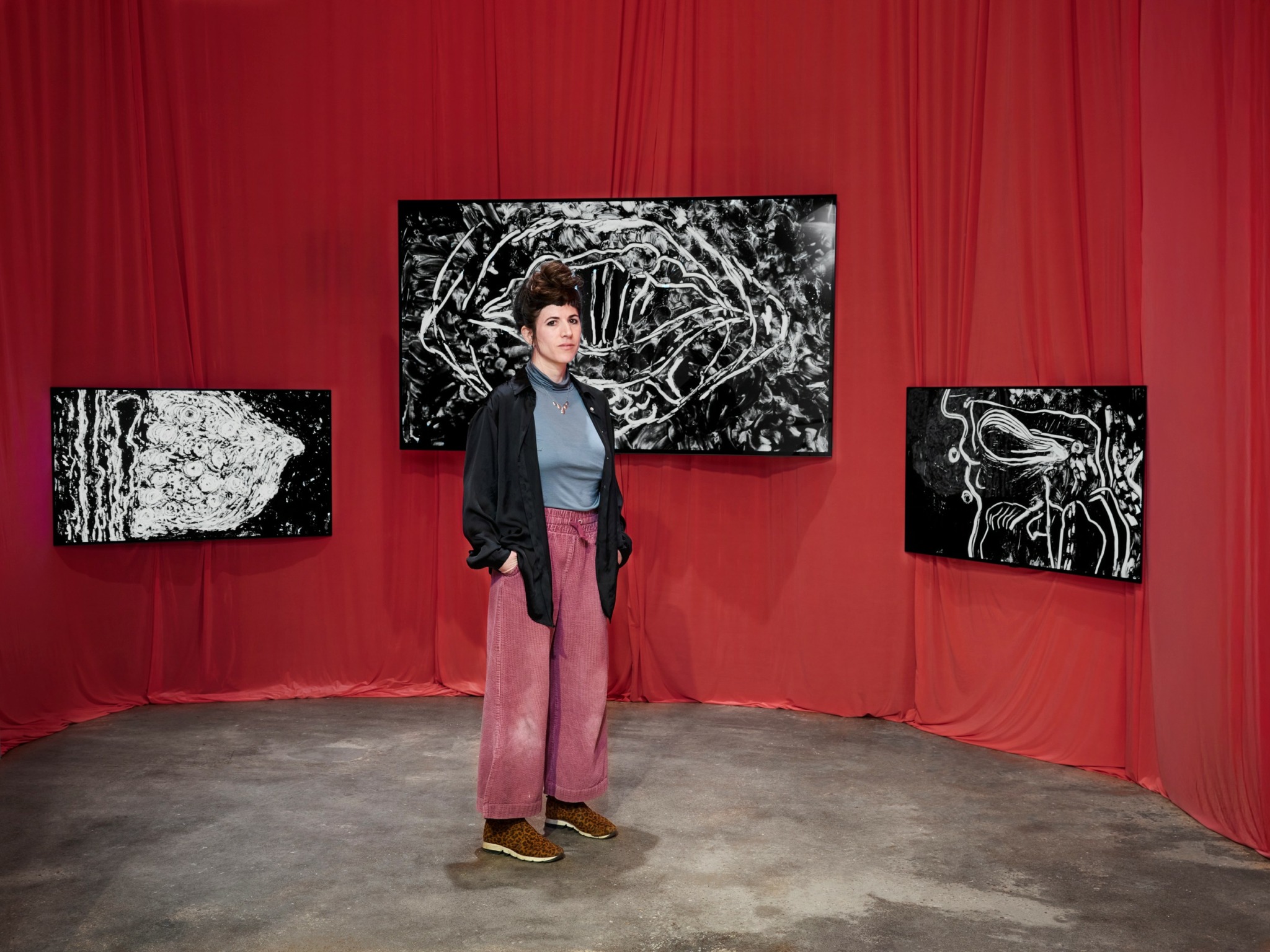We recently connected with Danielle Alhassid and have shared our conversation below.
Danielle, thanks for taking the time to share your stories with us today How did you learn to do what you do? Knowing what you know now, what could you have done to speed up your learning process? What skills do you think were most essential? What obstacles stood in the way of learning more?
Animation is magic! I arrived to NYC from Amsterdam in 2018 for an exchange program at the Cooper Union. I took a stop motion class and fell in love when I discovered my paintings could move. I learned how to connect one image to the next and suddenly they came alive. After that I couldn’t do anything else. Every material I worked with “asked” me to become a film.
I kept on expanding and learning how to edit. The biggest obstacle I had is that I am not a “tech person” I had to overcome my ambiguity about technology. This is still my biggest obstacle, figuring out if I am very much of a hands-on video artist or a pretty digital craft person-
it all depends how you think about it, and I believe some of the power of my works stems from that ambiguity.
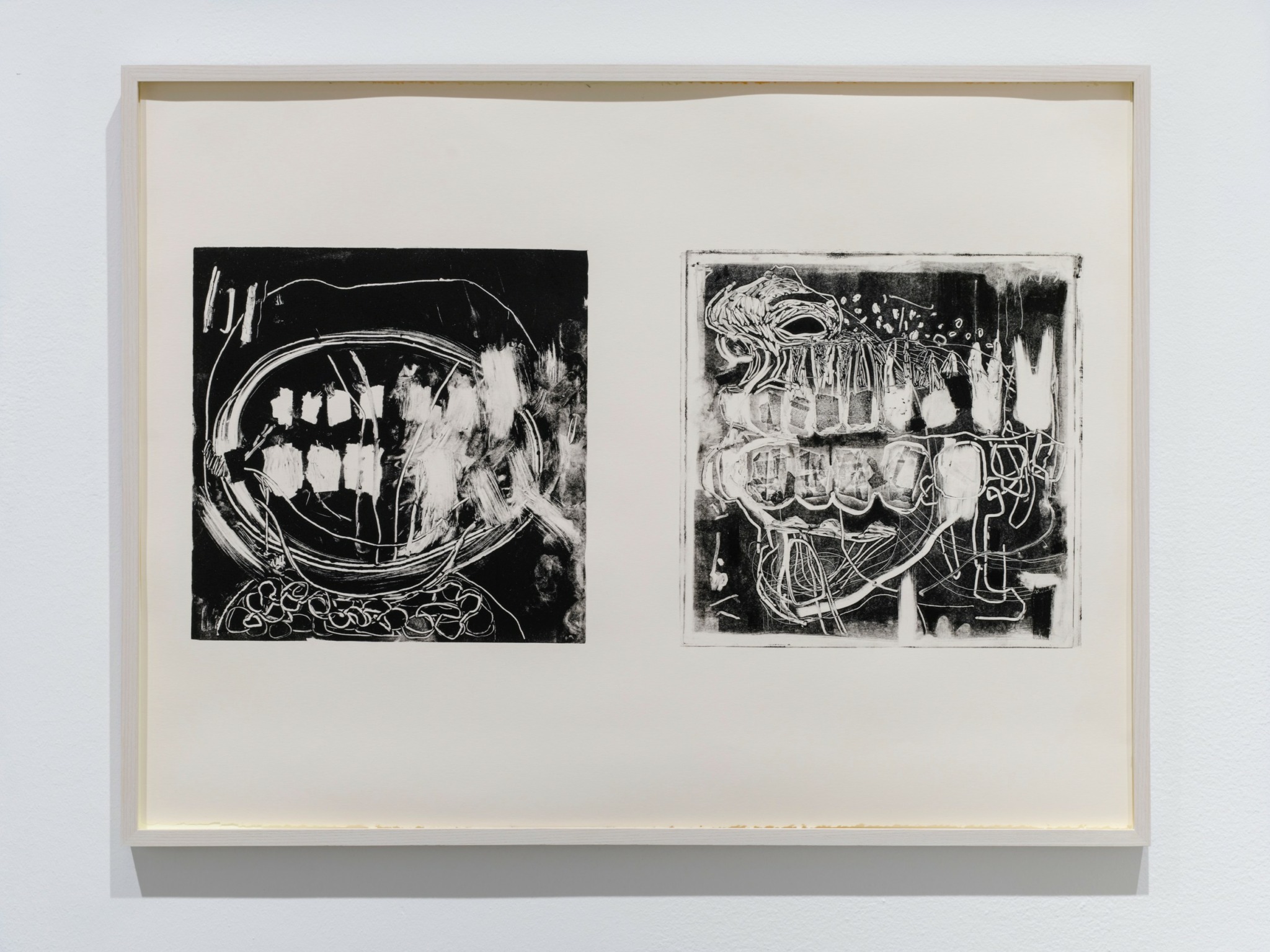
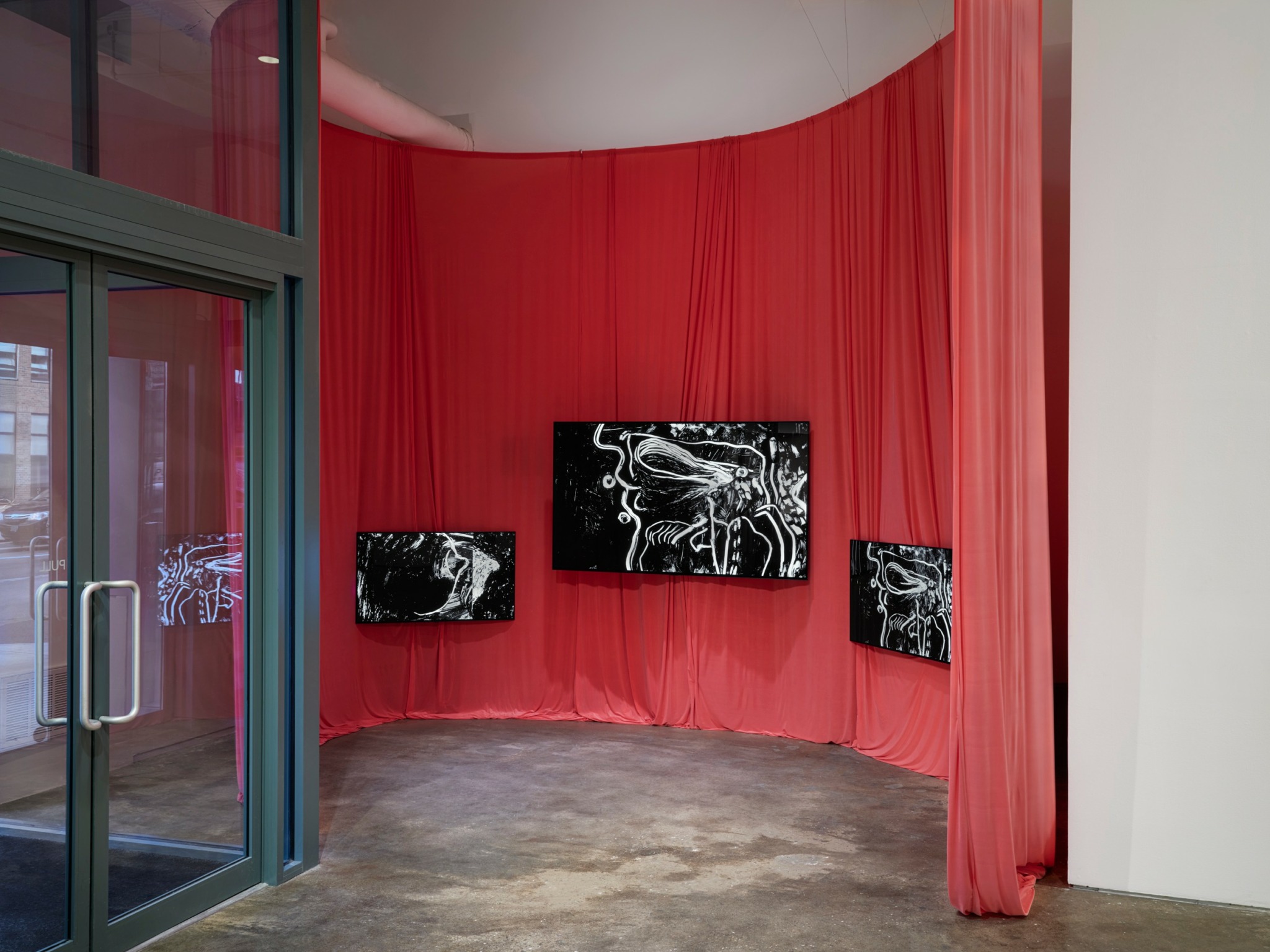
Awesome – so before we get into the rest of our questions, can you briefly introduce yourself to our readers.
I am a video artist, a performer and a storyteller. I was born in Tel Aviv, received a BFA from the Gerrit Rietveld Academie in Amsterdam, NL, (2020) and a MFA from Hunter collage. I currently live in Brooklyn. I am also a mother to Ari, my little brooklynite baby, which is very inspiring to me. Since Ari was born my work focused more on the relation between body and language. I am interested in the way our body is physically shaped by the sound we make and how this sound accumulated and becomes words.
I work primarily with stop motion animation. I was drawing since I remember myself, it was an immediate way to communicate and I was always very anxious about reading and writing. However drawing was a fun, direct a language of comfort. This practice of drawing is intimately connected to my video art, were I bring drawings to life and make objects tell stories using stop motion animation. In my animations, I use the most basic forms of drawing to explore tensions between the figure and abstraction.
My works always have a story, a text hidden in them but they are first of all a sensual cinematic experience. In one of my recent projects, which was exhibited at the Brooklyn museum artist show, I made a piece focusing on hands and touch inspired by a text written in Yiddish, in NYC by an immigrant poet- Celia Dropkin. I started working with Yiddish after moving to NYC. I met here an idea of Jewishness rooted in diaspora that resonated with me. In another project, currently showing at the Amsterdam museum, I explored the story of a book, the “Tsenerene,” a bible in Yiddish printed for woman in the 17th century.
I experience my art as a chance to revisit hidden histories, a moment between the personal, the sensual and the archival that is framed using color, light and movement.
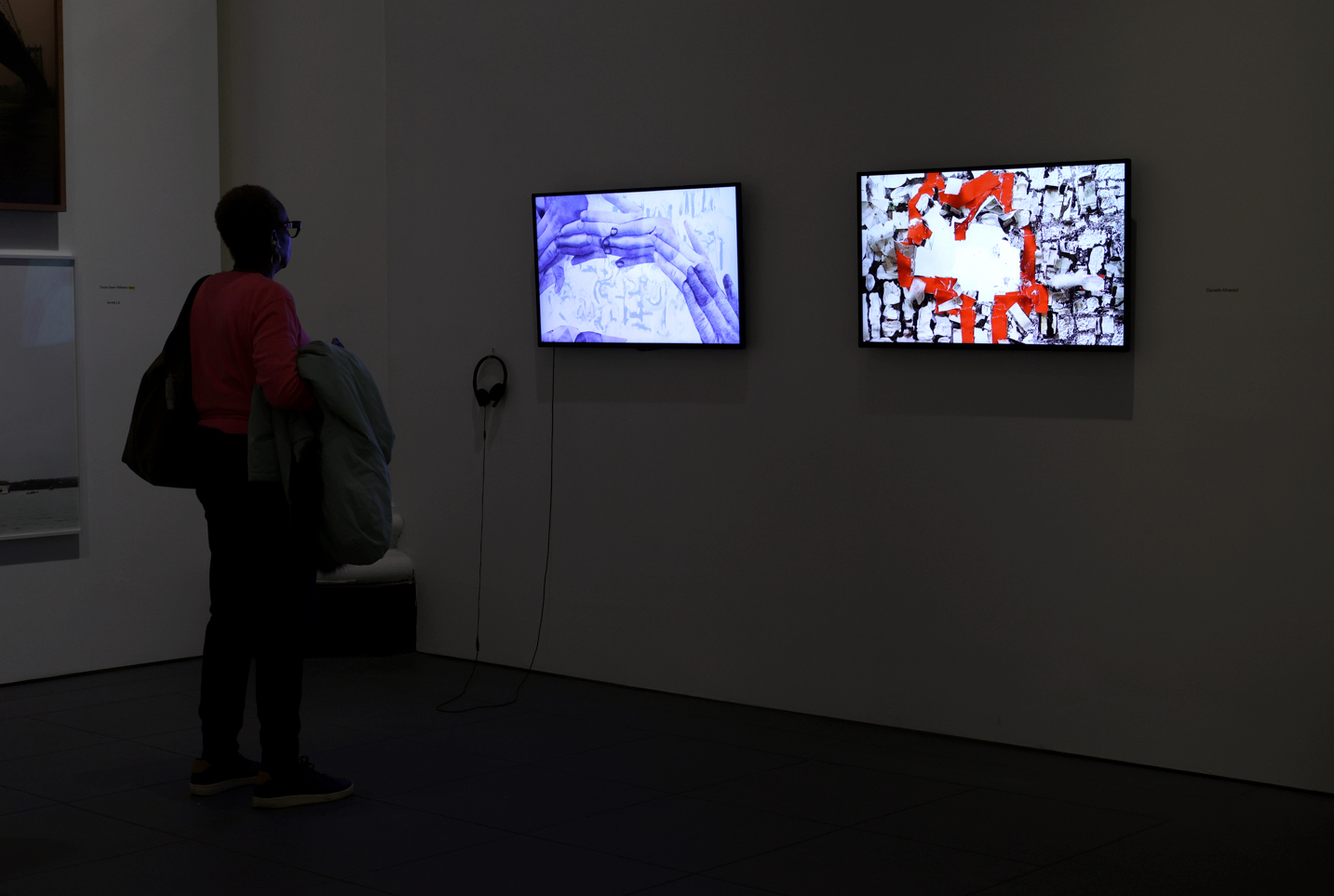
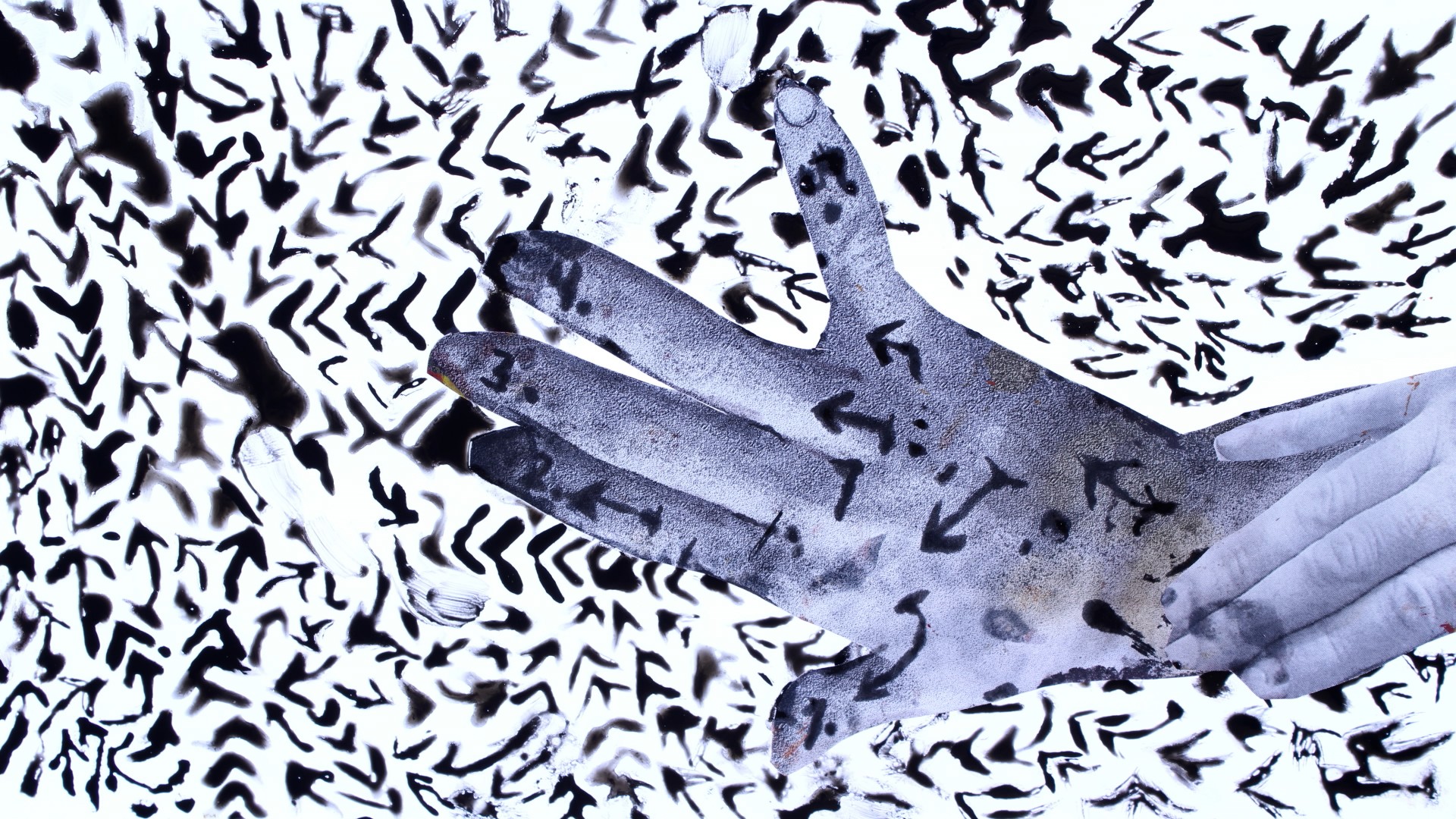
Alright – so here’s a fun one. What do you think about NFTs?
My work is all about touch and intimacy while being digital. I always feel like NFT lack this sensitivity, the ability to be unpredictable. The aesthetics of NFT works engage with the market and are therefore often driven by hype, attracting collectors and investors by prioritizing potential resale value over the conceptual or aesthetic depth . This led to a situation where the financial validity of the field is taken as a condition for research or self expression. I think NFT is challenging for artists whose practices are rooted in political or institutional critique of historical concepts of art, they struggle to find a meaningful space there. While some artists have successfully used NFTs I haven’t seen many works that are both deep and challenging artistically and commercially successful in that way.
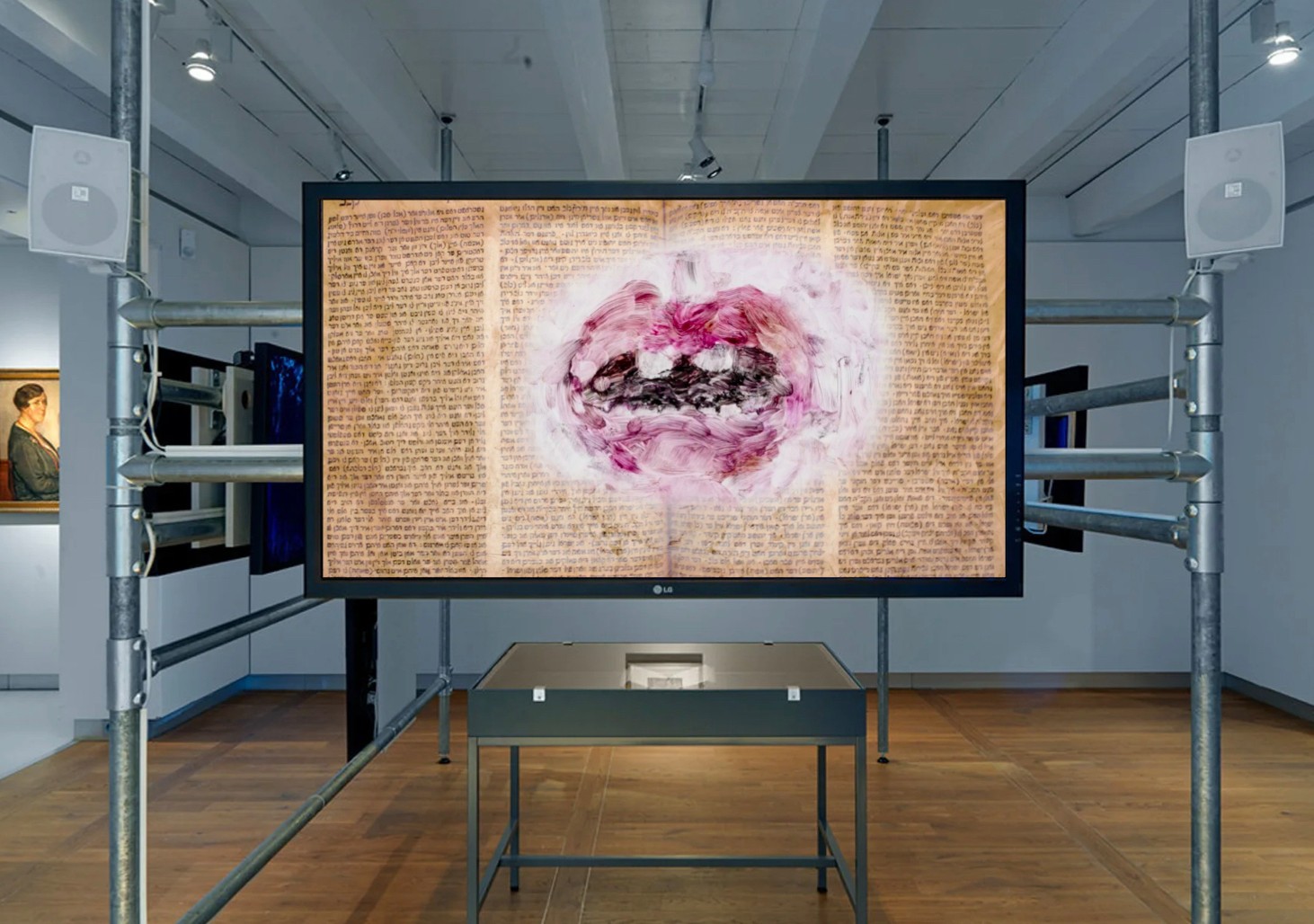
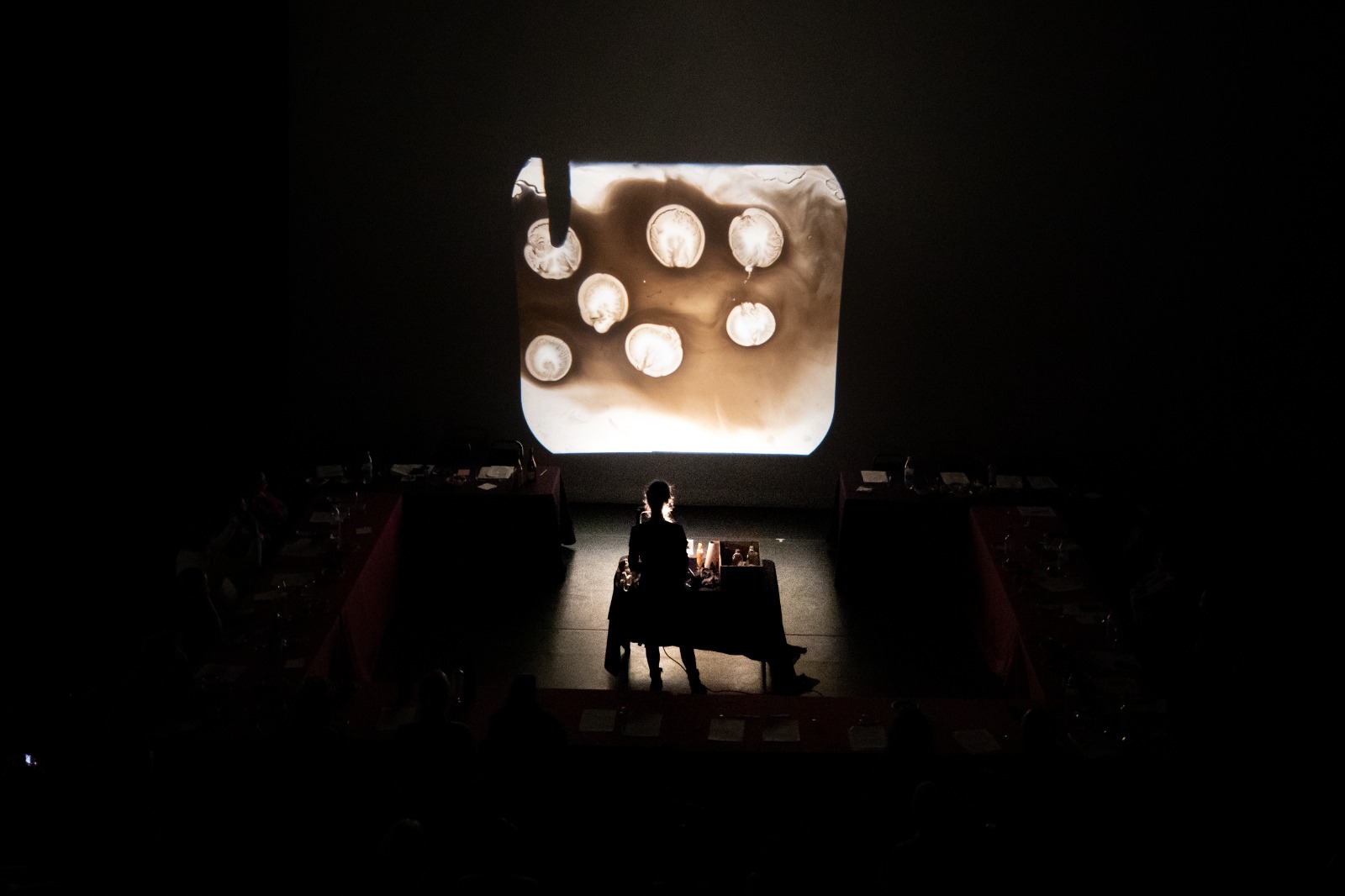
What’s the most rewarding aspect of being a creative in your experience?
I love sharing with people. I love sharing stories that I find meaningful, I love the idea of creating a community through sharing knowledge. Being an artist gives me possibilities and platforms to research and create intimate, physical, and sensory experiences – framing forgotten narratives into contemporary conversations. My work deeply questions identity, language, memory, not just as abstract concepts but as lived, embodied experiences. The process itself—whether through stop-motion animation, printmaking, or performance—offers a tactile connection to history and craft, reclaiming spaces for women in both artistic and scholarly traditions.
Beyond the studio, I also find fulfillment in dialogue—whether through collaborations with scholars, vocalists or teaching. My practice is not just about creating objects or images but about forming relationships, questioning established narratives, and opening up spaces for reinterpretation and discussion.
Contact Info:
- Website: https://www.daniellealhassid.com/
- Instagram: https://www.instagram.com/dani.alha
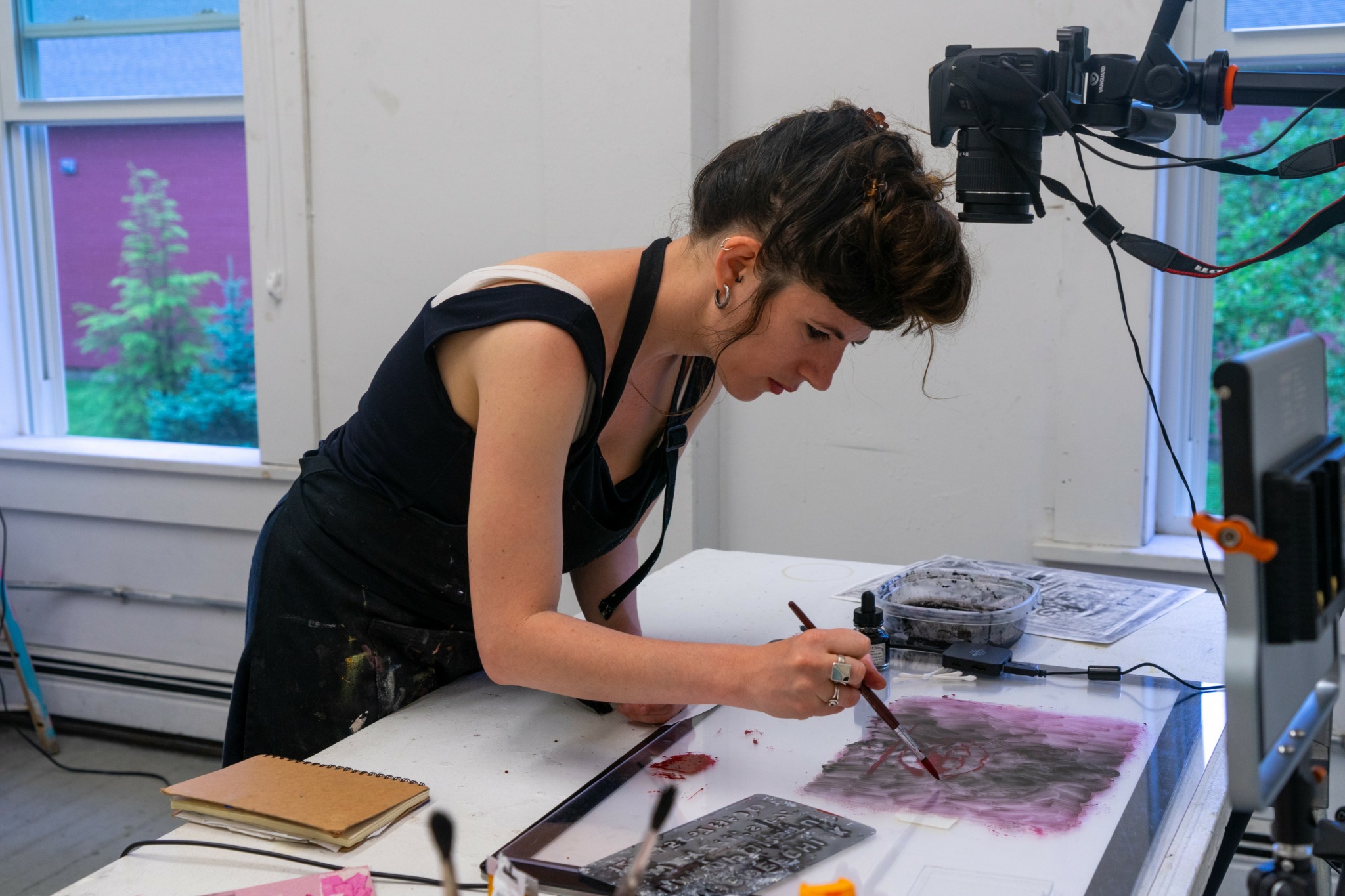
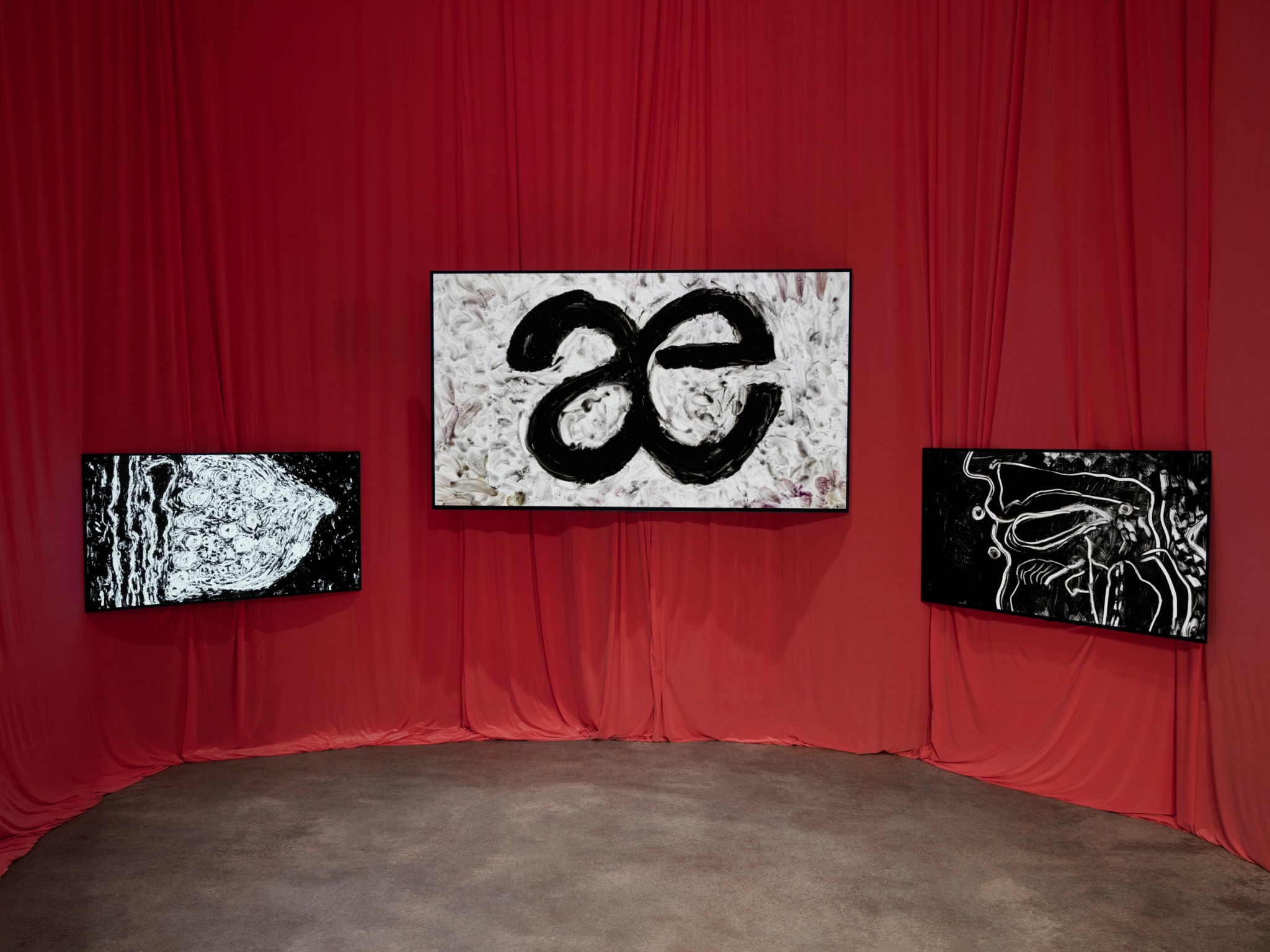
Image Credits
portrait: Yi Hsuan Lai
1. Yi Hsuan Lai
2. Yi Hsuan Lai
3. Renana Neuman
4. Danielle Alhassid (the artist)
5. Gert Jan van Rooij
6. Basil Rodericks
7. Sha Lu
8. Yi Hsuan Lai


